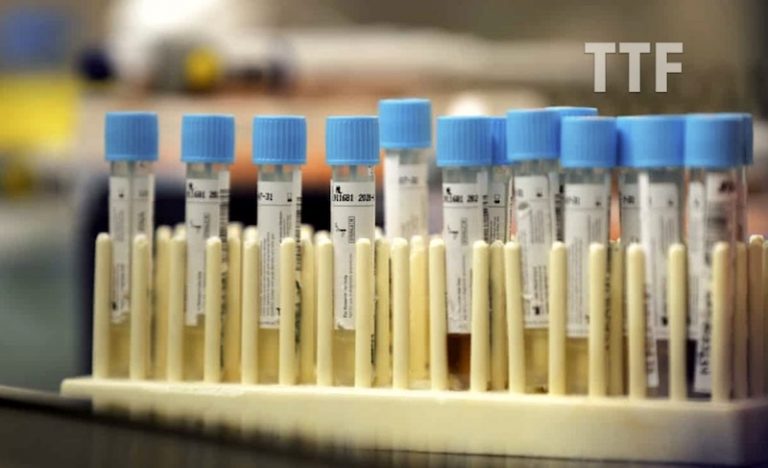Dontch worry. Here is the latest
Breaking: Data collected in the United States suggests 90 per cent diagnosed as ‘Coronavirus positive’ should be negative
September 6, 2020 4:19 pm Raggie Jessy
80
Shares
facebook sharing buttontwitter sharing buttonwhatsapp sharing buttonmessenger sharing buttonemail sharing buttonprint sharing buttonsharethis sharing button
The most widely used diagnostic test for the new coronavirus is called a PCR test and provides a simple yes-no answer to the question of whether a patient is infected. Source (pic): TTF Files
تركيني: داتا دري اس چادڠ 90 ڤراتوس يڠ دصحكن ڤوسيتيف چوۏيد-19 سهاروسڽ نيڬاتيف
Data compiled by officials in the United States suggest up to 90 percent of people testing positive for the Covid-19 causeing Coronavirus barely had the virus and should have been declared negative.
In a seemingly hushed up report by the New York Times, an epidemiologist at the Harvard T.H. Chan School of Public Health, Dr. Michael Mina, was quoted as saying 85 to 90 percent of people in Massachusetts who tested positive in July should have been deemed negative.
“It’s just kind of mind-blowing to me that people are not recording the C.T. values from all these tests — that they’re just returning a positive or a negative,” said Angela Rasmussen, a virologist at Columbia University in New York.
“It would be useful information to know if somebody’s positive, whether they have a high viral load or a low viral load,” she added.
Data compiled by officials in the United States suggest up to 90 percent of people testing positive for the Covid-19 causeing Coronavirus barely had the virus and should have been declared negative.
In a seemingly hushed up report by the New York Times, an epidemiologist at the Harvard T.H. Chan School of Public Health, Dr. Michael Mina, was quoted as saying 85 to 90 percent of people in Massachusetts who tested positive in July should have been deemed negative.
The most widely used diagnostic test for the new coronavirus is called a PCR test and provides a simple yes-no answer to the question of whether a patient is infected.
But similar PCR tests for other viruses do offer some sense of how contagious an infected patient may be: The results may include a rough estimate of the amount of virus in the patient’s body.
“We’ve been using one type of data for everything, and that is just plus or minus — that’s all,” Dr. Mina said. “We’re using that for clinical diagnostics, for public health, for policy decision-making.”
But yes-no isn’t good enough, he added. It’s the amount of virus that should dictate the infected patient’s next steps. “It’s really irresponsible, I think, to forgo the recognition that this is a quantitative issue,” Dr. Mina said.
The PCR test amplifies genetic matter from the virus in cycles; the fewer cycles required, the greater the amount of virus, or viral load, in the sample. The greater the viral load, the more likely the patient is to be contagious.
This number of amplification cycles needed to find the virus, called the cycle threshold, is never included in the results sent to doctors and coronavirus patients, although it could tell them how infectious the patients are.
In three sets of testing data that include cycle thresholds, compiled by officials in Massachusetts, New York and Nevada, up to 90 percent of people testing positive carried barely any virus, a review by The Times found.
On the 29th of August 2020, the United States recorded 45,604 new coronavirus cases, according to a database maintained by The Times.
If the rates of contagiousness in Massachusetts and New York were to apply nationwide, then perhaps only 4,500 of those people may actually need to isolate and submit to contact tracing.
“It’s just kind of mind-blowing to me that people are not recording the C.T. values from all these tests — that they’re just returning a positive or a negative,” said Angela Rasmussen, a virologist at Columbia University in New York.
“It would be useful information to know if somebody’s positive, whether they have a high viral load or a low viral load,” she added.
Officials at the Wadsworth Center, New York’s state lab, have access to C.T. values from tests they have processed, and analyzed their numbers at The Times’s request. In July, the lab identified 794 positive tests, based on a threshold of 40 cycles.
With a cutoff of 35, about half of those tests would no longer qualify as positive. About 70 percent would no longer be judged positive if the cycles were limited to 30.
Adaptd from:

